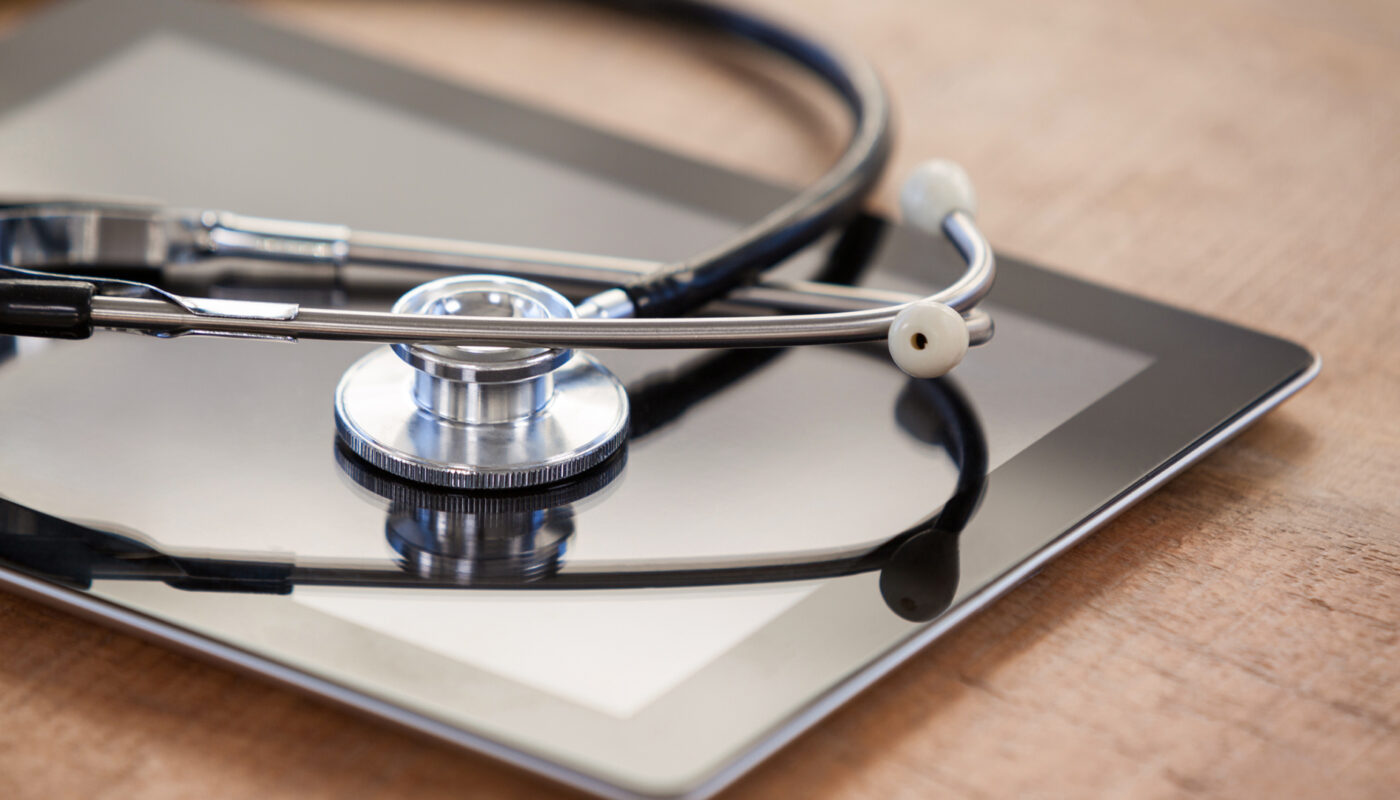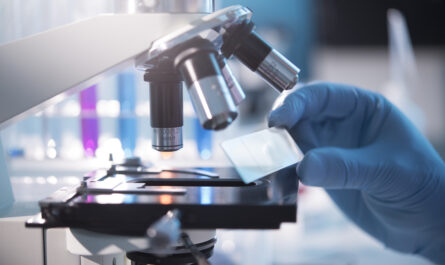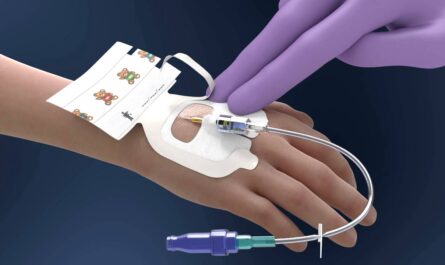What are Digital Stethoscopes?
A digital stethoscope is an electronic medical device that allows auscultation or listening to the internal sounds of an animal or human body. While the traditional acoustic stethoscope only transmits analog sounds, the digital stethoscope converts chest-piece vibrations into digital sound files or live audio streams for storage, transmission, or interpretation by a computer or other digital assistant.
Main Components
All digital stethoscopes have three main components – a chest piece that connects to the body, tubing, and earpieces or headphones. The chest piece picks up internal sounds and converts them into electrical signals through built-in microphones and sensors. Tubing transmits these digital signals to the other end where they are played through earphones, headphones, or speakers for the clinician to hear. Some models also have integrated memory, storage, transmission and analytical capabilities.
Digital Recording and Playback
One of the key advantages of digital stethoscopes is their ability to digitally record patient sounds. Recordings can be stored, labeled and securely saved for future reference and review. Physicians can play back recordings at a later time or share them with colleagues for consultation and second opinions remotely. Recordings are useful for tracking changes in patient condition over time and monitoring treatment progress. They eliminate reliance on handwritten notes which can be subjective or ambiguous.
Enhanced Audio Filtering
Digital technology also enables advanced audio filtering options not possible with analog instruments. Software allows clinicians to amplify specific frequency ranges to hear sounds more clearly. High-pass, low-pass and band-pass filters sharpen focus on breathing, heart, bowel and other internal sounds by removing background noise interference. Some models have automatic filtering that identifies sound types for optimized listening. This aids diagnosis of abnormal or uncommon sounds that may be missed on traditional stethoscopes.
Integration Capabilities
More advanced Digital Stethoscope can connect via wired or wireless links to smartphones, computers or other devices. Integration opens up possibilities for telemedicine consults, electronic health records, remote monitoring and AI-based analysis. Physiological data and audio files from various devices can be seamlessly integrated on a single platform. This boosts diagnostic and treatment capabilities while improving care coordination across settings. Cloud storage and sharing of recordings using Health Insurance Portability and Accountability Act compliant systems further increases collaboration and access to expertise.
Built-in Diagnostic Aids
The latest models come equipped with onboard libraries of common and rare heart and lung sounds for reference during physical exams. Integrated databases provide visual audio spectroscopy and instant access to interpretative notes for self-diagnosis validation. Some devices have machine learning algorithms that can identify sound patterns and flag anomalies needing physician review with high accuracy. Such intelligent diagnostic assistance improves detection rates for heart murmurs and other subtle clinical signs.
Improving Medical Education
Digital stethoscope technology is highly beneficial for medical education as well. High-fidelity recordings captured from patients can be replayed repeatedly by students and residents to aid skills development. Audio archives of proper auscultation techniques and abnormal findings serve as valuable teaching tools. Telemedicine platforms enable remote mentoring and direct expert guidance during exams. Standardized digital assessments and centralized tracking of competencies further enhance training outcomes. Overall, new generations of doctors and professionals are learning optimal stethoscope practice in a digital paradigm.
Privacy and Data Security
As with any connected medical device, privacy and cybersecurity are paramount concerns with Digital Stethoscope Equipment from reputable manufacturers fully comply with sensitive data regulations like HIPAA and GDPR. Devices employ bank-grade encryption for all recordings and transmissions. User authentication and access control systems ensure only authorized clinicians deal with protected health information. Device software receives regular security updates and remote wiping capabilities protect data in case of loss or theft. Overall, digital stethoscope vendors recognize and address privacy risks proactively to maintain user and patient trust.
In summary, digital stethoscope technology has improved auscultation significantly by integrating key medical device capabilities with digital signal processing. Enhanced recording, filtering, integration and analytical functions empower clinicians with new examination, diagnosis and treatment decision aids compared to traditional models. Their role in telehealth, education and research will grow in the future with further software and 5G network innovations. When combined with good data protection, digital stethoscopes offer a promising path for physical diagnostics in the digital age.
*Note:
1. Source: Coherent Market Insights, Public sources, Desk research
2. We have leveraged AI tools to mine information and compile it.




